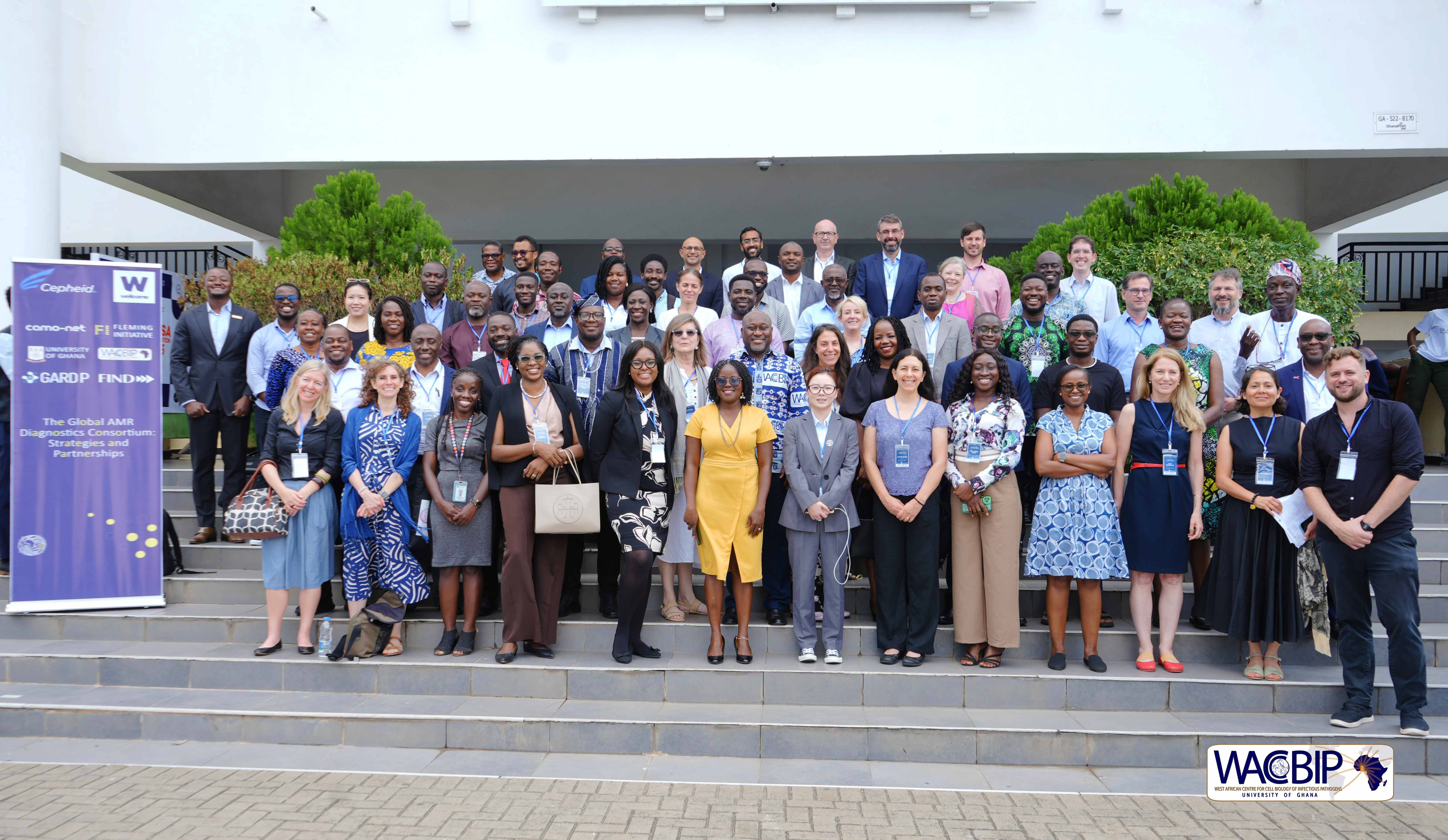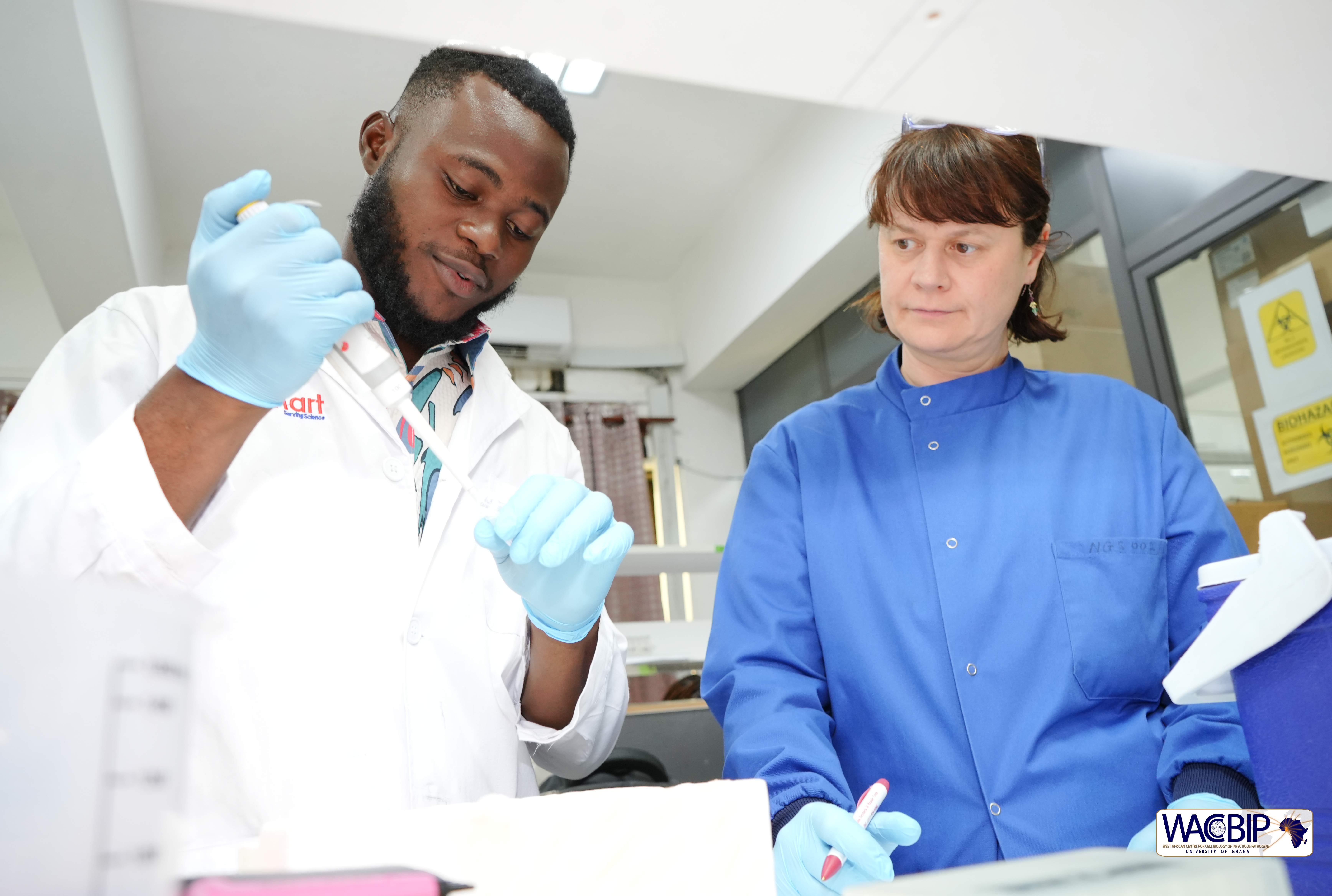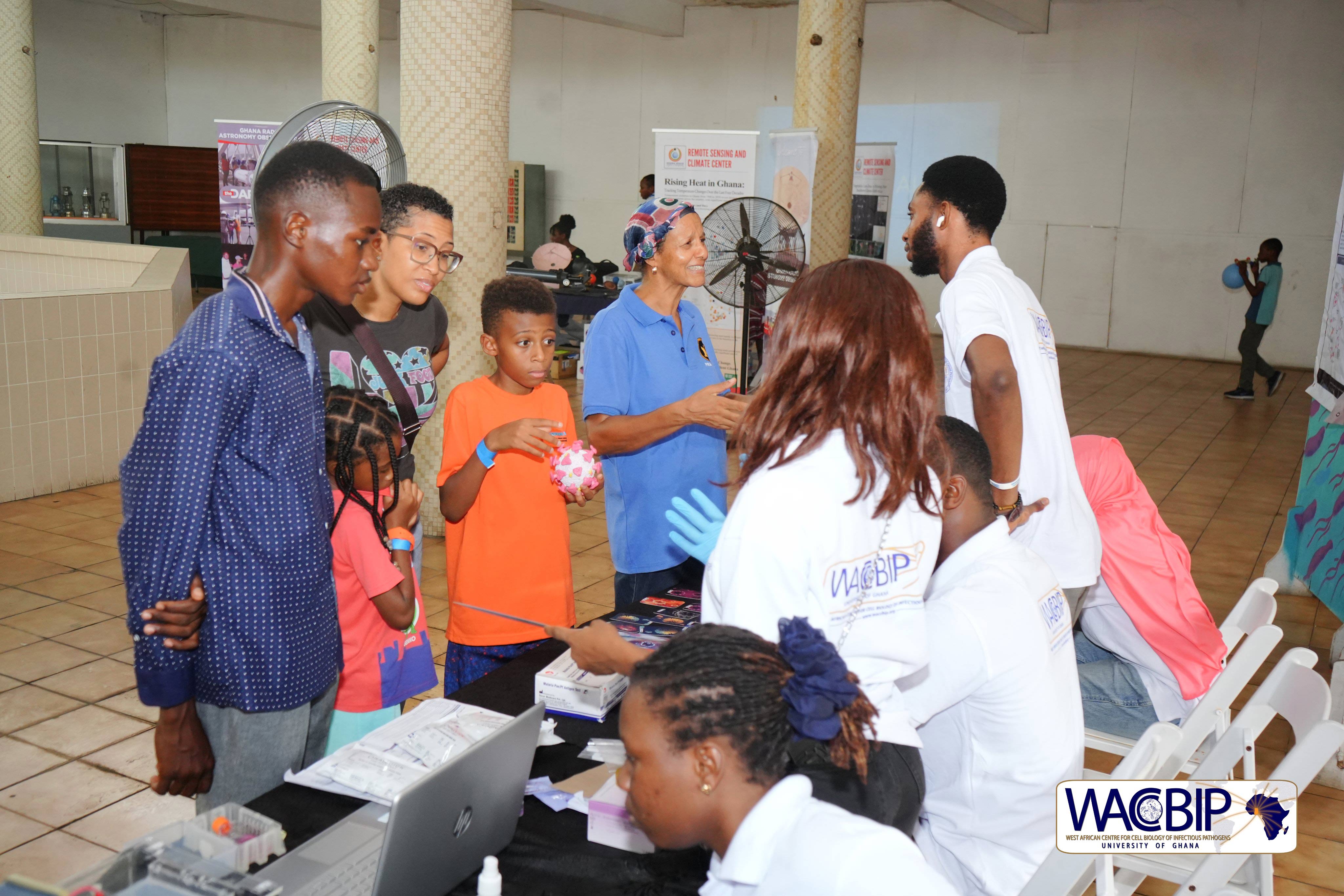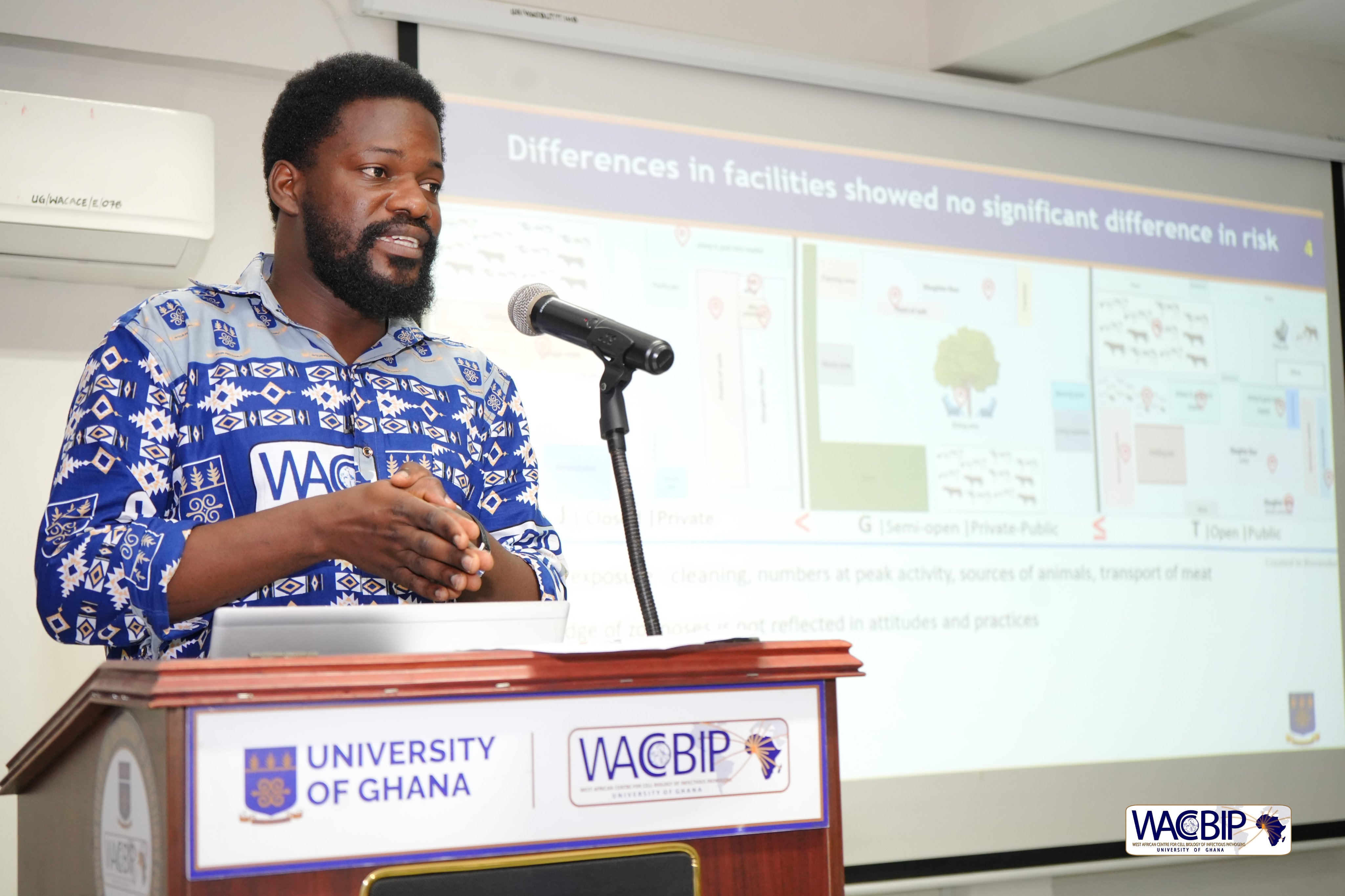QUAYE RESEARCH GROUP
The lab conducts research on all viruses, especially gastro-viral agents. Current major projects are in the areas of human immunodeficiency virus (HIV), hepatic viruses, yellow fever virus, Epstein Barr virus, and filoviruses. Molecular-based and immunological methods are employed to study the viruses.
The Group is primarily active within the Cancer and Virology Laboratory.
ABOUT THE GROUP
The Research group conducts research on various viruses including gastro-viral agents, human immunodeficiency virus (HIV), Hepatitis B and C viruses, Epstein Barr virus and filoviruses among others. The research group is investigating the effectiveness of rotavirus vaccine in unsanitary environments and the contribution of other gastro-viral agents to acute gastroenteritis in these environments. The lab also investigates the mechanisms of drug resistance in HIV patients, with particular attention to the elucidation of the role that immune check point molecules play in HIV patients who are long term non-progressors. Together with collaborators, the lab is looking at the dynamics of filovirus infection in bats in Ghana. Additionally, the lab is part of a consortium of scientists that conducts research with the aim of predicting emerging pathogenic threats (PREEMPT). With support from collaborators in the UK, the group is standardizing a viral pseudotype neutralization assay that can routinely be used to screen animals/humans for exposure to pathogenic viruses of zoonotic origin. The Virology Group has established strong collaborations with researchers at various academic and research institutions including the University of Cambridge, the Institute of Zoology in London, the University of Sussex, N.M.I.M.R. and the CDC.
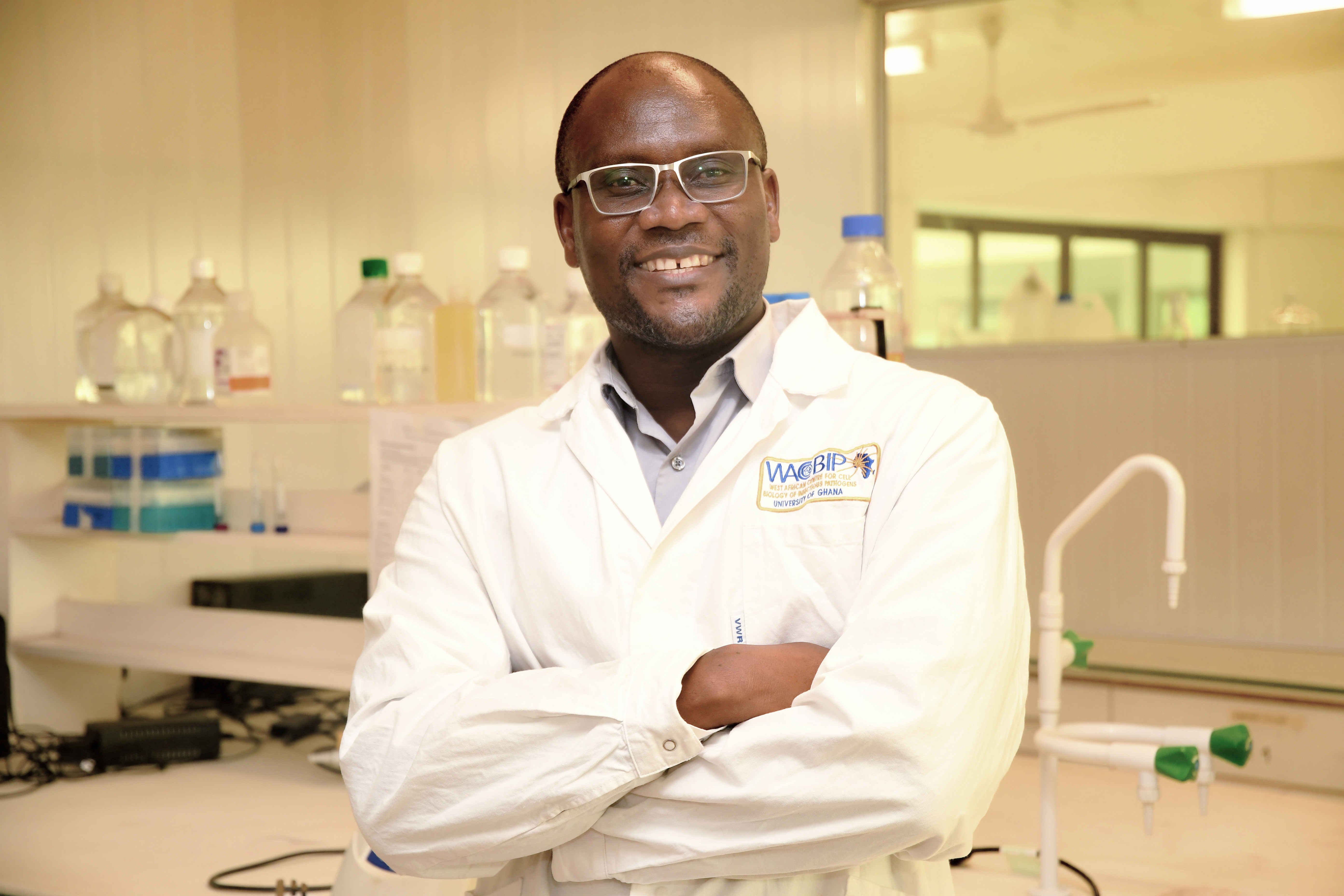
Prof. Osbourne Quaye
Group Members
The group is made up of PhD students, MPhil students, Graduate Interns, research assistants and undergrads.
- WACCBIP
- MRC
- CAPREx/Alborada
- Royal Society
- Kuleape, J. A., Tagoe, E. A., Puplampu, P., Bonney, E. Y., Quaye, O., (2018), Homozygous deletion of both GSTM1 and GSTT1 genes is associated with higher CD4+T cell counts in Ghanaian HIV Patients, PLos ONE 13(5): e0195954. https://doi.org/10.1371/journal.pone.0195954
- Quaye, O., Roy, S., Rungsrisuriyachai, K., Esona, M. D., Xu, Z., Tam, K. L., Banegas, D. J. C., Rey-Benito, G., Bowen, M. D., (2018), Second-line anti-tuberculosis drug resistance testing in Ghana identifies the first extensively drug-resistant tuberculosis case, Infection and Drug Resistance, 2018(11):239-246 doi:20.2147/IDR.S152720.
- Mijatovic-Rustempasic, S., Tam, K. I., Kerin, T. K., Lewis, J. M., Gautam, R., Quaye, O., Gentsch, J. R. and Bowen, M. D. (2013); Sensitive and Specific Quantitative Detection of Rotavirus A by One-Step Real-Time Reverse Transcription PCR Assay without Antecedent dsRNA Denaturation; Journal of Clinical Microbiology, 51(9): 3047-3054.
- Quaye, O., McDonald, S., Esona, M., Lyde, F., Gentsch, J. and Bowen, M. (2013); Detection of rotavirus G9P[4] strains in three Latin America Countries; Surveillance during the 2009-2010 rotavirus season; EmergingInfectious Diseases, 19(8): 1332-1333.
- Gautam, R., Lyde, F., Esona, M. D., QuayeO., and Bowen, M. D.(2013); Comparison of PremierTMRotaclone®, ProSpecT™, and RIDASCREEN® Rotavirus Enzyme Immunoassay Kits for Detection of Rotavirus Antigen in Stool Specimens; Journal of Clinical Virology, 58(1): 292-294.
- Patel, M.M., Patzi, M., Pastor, D., Nina, A., Roca, Y., Alvarez, L., Iniguez, V., Rivera, R., Tam, K.I., Quaye, O., Bowen, M., Parashar, U. and De Oliveira, L.H. (2013); Effectiveness of monovalent rotavirus vaccine in Bolivia: case-control study; British Medical Journal (Web Published).
- Cortese, M.M., Immergluck, L.C., Held, M., Jain, S., Chan, T., Grizas, A.P., Khizer, S., Barrett, C., Quaye, O., Mijatovic-Rustemapasic, S., Gautam, R., Bowen, M.D., Moore, J., Tate, J.E., Parashar, U.D. and Vázquez, M. (2013) Effectiveness of monovalent and pentavalent rotavirus vaccines; Pediatrics, 132(1): 25-33.
- Esona, M.D., Mijatovic-Rustempasic, S., Foytich, K., Roy, S., Banyai, K., Armah, G., Steele, A., Volotão, E., Gomez, M., Silva, M., Gautam, R., Quaye, O., Tam K, Forbi J, Seheri M, Page N, Nyangao J, Ndze V, Aminu M, Bowen M and Gentsch J. (2013); Human G9P[8] rotavirus strains circulating in Cameroon, 1999-2000: genetic relationships with other G9 strains and detection of a new G9 subtype; Infection, Genetics and Evolution, 18: 315-324.
- Cardemil, C. V., Cortese, M. M., Medina-Marino, A., Jasuja, S., Desai, R. Leung, J. Rodriguez-Hart, C., Villaruel, G., Howland, J., Quaye, O. Tam, K. I., Bowen, M. D. Parashar, U., Gerber, S. and the Rotavirus Investigationteam (2012); Two rotavirus outbreaks caused by genotype G2P[4] at large retirement communities; Annals of Internal Medicine, 157(9): 621-631.
- Boom, J. A., Tate, J. E., Sahni, L. C., Rench, M. A., Quaye, O., Mijatovic-Rustempasic, S., Patel M. M., Baker, C. J. and Parashar, U. D. (2010); Sustained protection from pentavalent rotavirus vaccination during the second year of life at a large, urban US pediatric hospital; Pediatric Infectious Disease Journal, 29(12) : 1133-1135.
- Quaye, O., Nguyen, T. Gannavaram, S., Pennati, A. and Gadda, G. (2010); Rescuing of the hydride transfer reaction in the Glu312Asp variant of choline oxidase by a substrate analogue; Archives of Biochemistry and Biophysics, 499(1-2): 1-5.
- Quaye, O. and Gadda, G. (2009); Effect of a conservative mutation of an active site residue involved in substrate binding on the hydride tunneling reaction catalyzed by choline oxidase; Archives of Biochemistry and Biophysics, 489(1-2): 10-14.
- Quaye, O., Cowins, S. and Gadda, G. (2009); Contribution of flavin covalent linkage with His99 to the reaction catalyzed by choline oxidase; Journal of Biological Chemistry, 284(25): 16990-16997.
- Quaye, O., Lountos, G. T., Fan, F., Orville, A. M. and Gadda, G. (2008); Role of Glu312 in binding and positioning of the substrate for the hydride transfer reaction in choline oxidase; Biochemistry, 47(1): 243-256.


